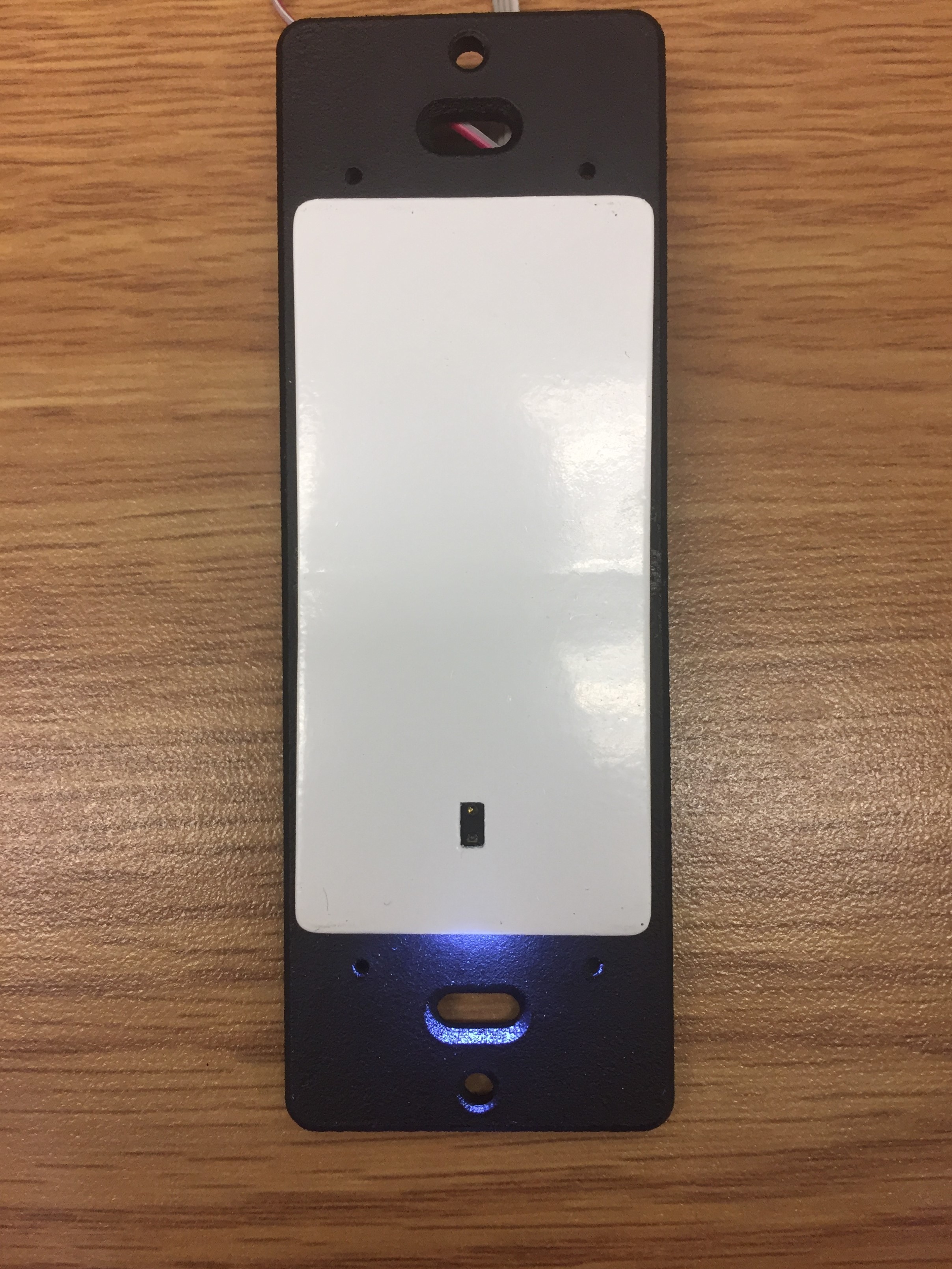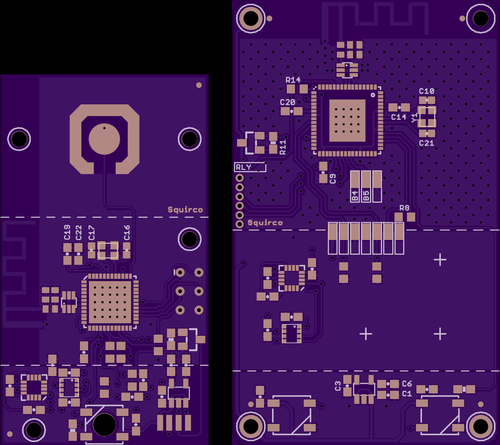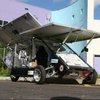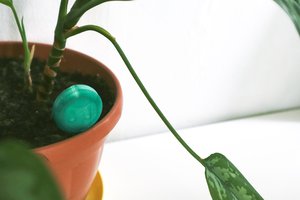In order for a home to be smart, a complete set of data must be provided to an A.I. unit, which will then learn from the data and set up rules automatically. The goal of this sensor network is to provide a basic set of data as a foundation to build off of. Currently, the sensor network can measure ambient light conditions, temperature, humidity, pressure (and by extension, the floor that the sensor is located at), and presence (using a variety of detection methods). Obviously, because the sensors takes the shape of a light switch, it is also a nice, reliable light switch with QoL improvement features built in.
While most, if not all of these sensors can be obtained by purchasing stand-alone sensors, there are a few fundamental problems with them:
1. Most, if not all of them are battery powered. No matter how power efficient the chips are, the batteries will run out one day. Some manufacturers even produce non-battery replaceable sensors, adding to our e-waste problem. Whether we will remember or bother to change the batteries is a whole different story.
2. Choosing where to place the sensors takes quite a bit of time and effort. Hiding them keeps them out of the way, but more easily forgotten when it's time to change the batteries.
Looking at these problems, integrating these sensors into light switches makes perfect sense. They are plugged into the mains, which means they never run out of power. They are present in every room, which means the data set will be complete. They are inconspicuous, because they're everywhere.
Hardware:
Version 2 of light switch has standalone sensor hub and a networking board, instead of the fully integrated design of version 1. This makes the design much more robust. Currently, the sensor hub is powered by an ATMEGA328p and the networking unit is a ESP8266, which will likely be replaced by a ESP32 when it's released.
Software:
Software is the most important part of this project; in fact, the hardware is designed specifically to run the software features. Below are some example features enabled by the sensor network.
Lighting Control:
- Lighting usage pattern learning
- Dynamic timeout and shutoff
- Smart Bulb discovery and pairing
Energy Management:
- Distributed temperature sensing for better climate control
- Full house presence detection for more accurate home/away detection
- Light, temperature and presence can be used in conjunction with electric window shades to improve indoor climate control.
Security:
- Presence / Away learning can send messages to your smart phone when people is detected in/near the house when no one is normally present
- Lighting Replay: After obtaining usual lighting usage patterns, the lights can be controlled to simulate normal usage when no one is present. Enabled for Vacation Mode.
Networking and Control:
- MQTT communication protocol for easy and robust networking
QoL:
- The light switch has a built-in, high brightness LED that acts as a night light. It can be set to three modes: off, on when it's dark, or on when it's dark and a hand is approaching.









 sirmylesavery
sirmylesavery
 crjeder
crjeder
 Ultimate Robotics
Ultimate Robotics
 jaromir.sukuba
jaromir.sukuba
I like your project a lot and want to develop something similar. I'm having a bit of trouble though seeing how all the parts (including the 3d printed ones) fit together. Do you have diagrams or photos illustrating a complete installation?